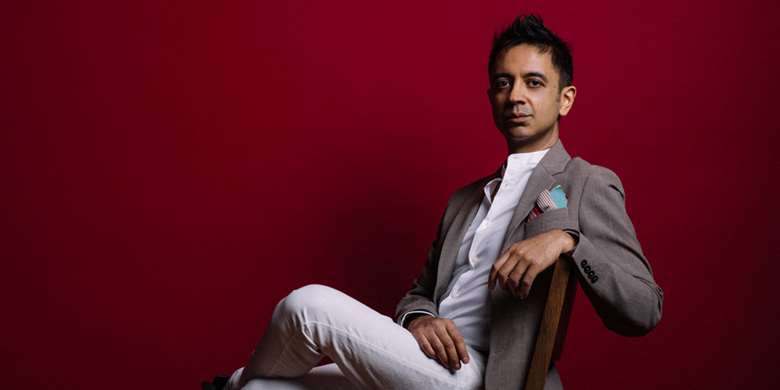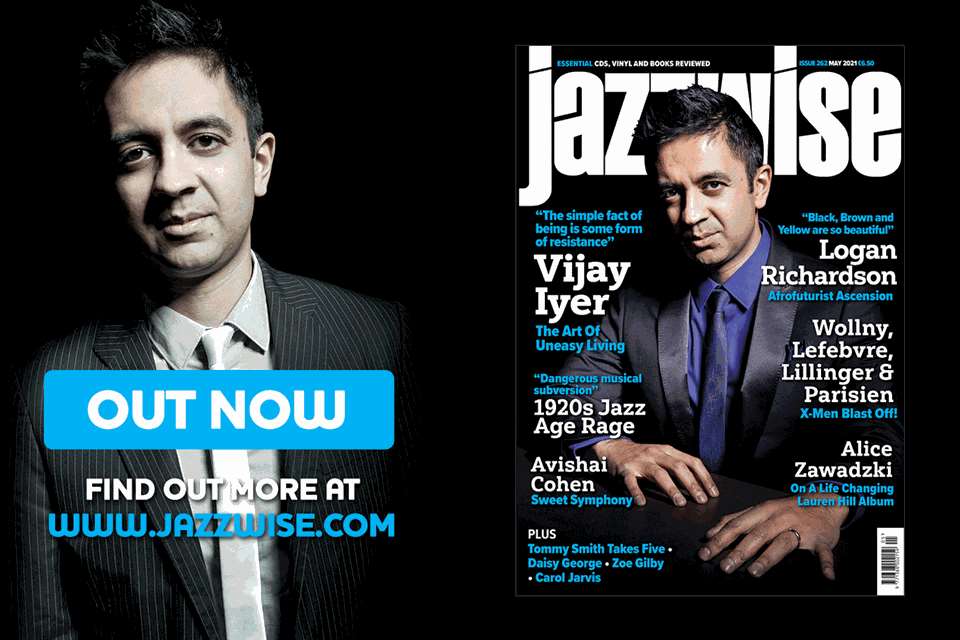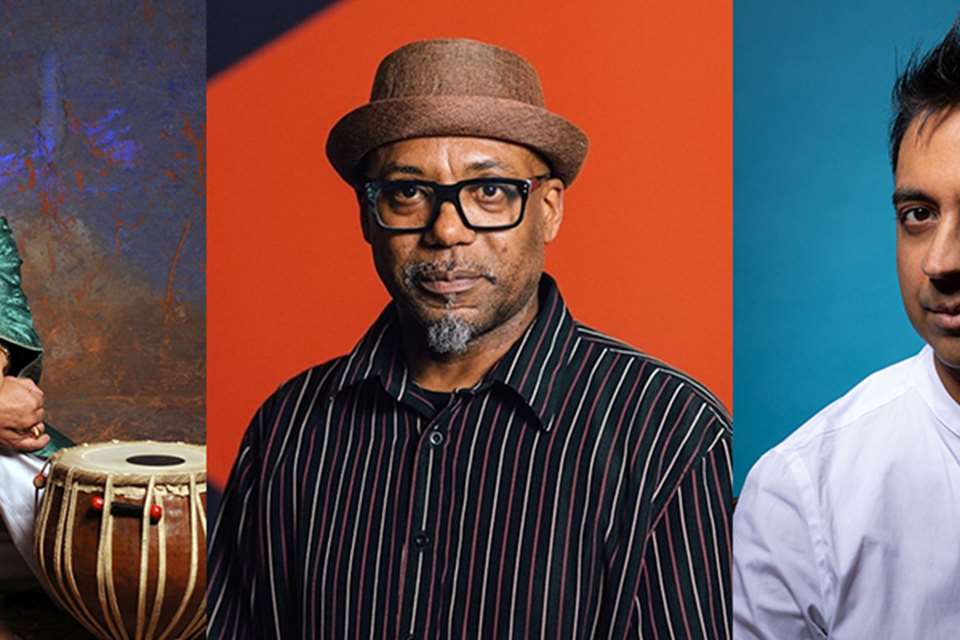Vijay Iyer interview: “Just the simple fact of being is some form of resistance, a form of battle”
Kevin Le Gendre
Monday, May 24, 2021
A thinker as much as he is an artist, Vijay Iyer marks his fifth decade with a thrilling new trio album, Uneasy, on ECM which also debuts his new trio of bassist Linda May Han Oh and drummer Tyshawn Sorey. Kevin Le Gendre caught up with the New York-based pianist-composer and found him in reflective, if fiery, form


Register now to continue reading

Thank you for visiting Jazzwise.co.uk. Sign up for a free account today to enjoy the following benefits:
- Free access to 3 subscriber-only articles per month
- Unlimited access to our news, live reviews and artist pages
- Free email newsletter

